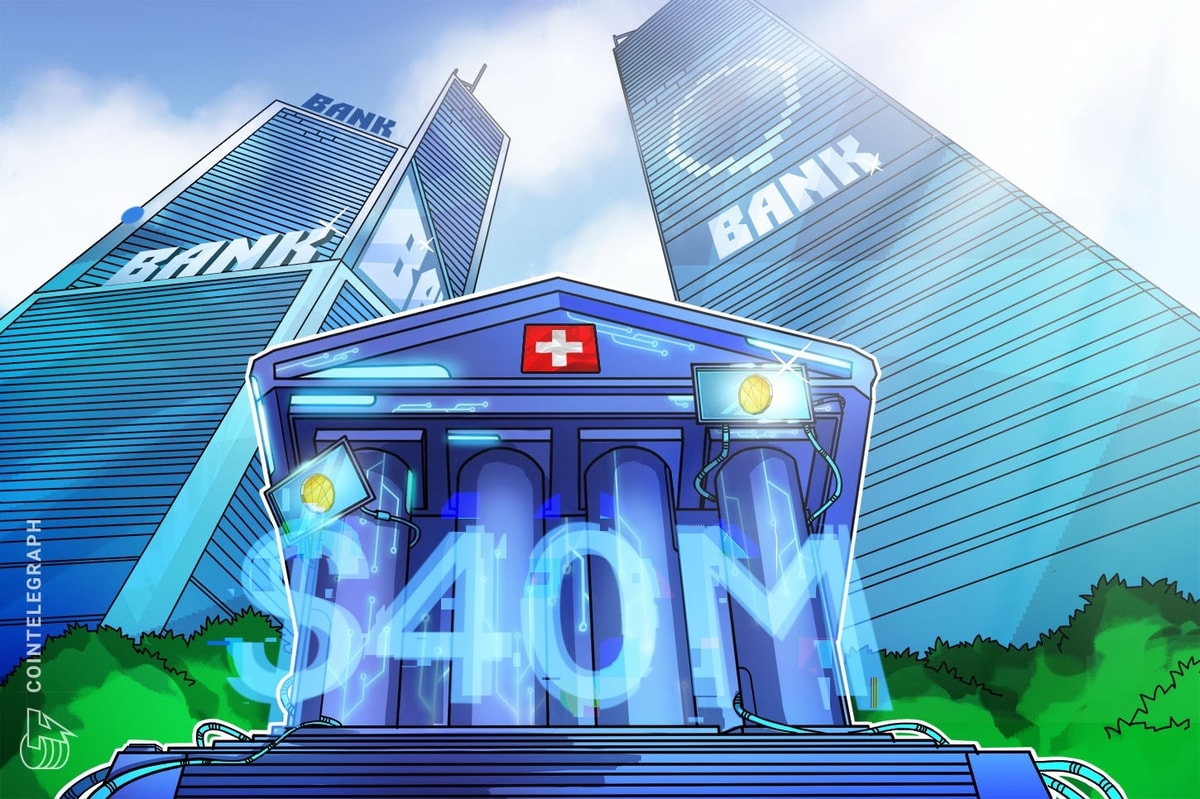
The pace of withdrawals from crypto exchange Huobi slowed on Sunday, according to data from Nansen, despite a recent slide in the price of Tron’s USDD stablecoin.
Clients of Huobi had withdrawn $60.9 million from the Singapore-based exchange over a 24-hour period on Friday, as reports circulated that the exchange was cutting staff by 20%.
Crypto mogul Justin Sun—who has a majority stake in Huobi and founded Tron in 2017—deposited $100 million worth of stablecoins in the exchange as a show of confidence on Friday. The deposit was composed of USD Coin (USDC) and Tether (USDT).
At @HuobiGlobal, we believe that the key to success in the world of cryptocurrency is to “Ignore FUD and Keep Building.”
— H.E. Justin Sun
(@justinsuntron) January 6, 2023
By midday Sunday, the pace of withdrawals had slowed to just under $12 million in the past day, according to data from Nansen. Weekly withdrawals had edged down to $84 million from $94.2 million on Friday.
Even so, the price of Tron’s USDD—which is supposed to be pegged to the price of the dollar like other stablecoins—has wavered between $0.983 and $0.972 within the past week. Its price sat at $0.977 as of this writing.
The most recent instance of USDD losing its $1 peg emerged in October, and the stablecoin hasn’t been valued at $1 in over a month, according to data from CoinGecko. Previously, USDD slipped below $1 on June 12 of last year—the month after the collapse of the Terra blockchain—and didn’t make a full recovery in price until July 26.
Over the past 14 days, USDD’s market capitalization had fallen by $6.5 million to $709 million, as of this writing. By comparison, Tether and USD Coin have market capitalizations of $66.3 billion and $43.9 billion, respectively.
Unlike Tether and USD Coin, Tron’s USDD is an algorithmic stablecoin, which relies on trading incentives and collateralized storage of crypto assets to maintain its price. Algorithmic stablecoins came under public scrutiny last year when Terra’s stablecoin, UST, suddenly collapsed and wiped away $40 billion in value.
Tron and Huobi did not immediately respond to requests for comment.
For all the technology involved in crypto and stablecoins, everything still comes down to people, Andrew Thurman, a Simian Psychometric Enhancement Technician at Nansen, told Decrypt.
“Algorithmic stablecoins often have built-in stabilization mechanisms, but the primary driver of their peg is often faith from the community that they will be able to redeem their algo stables for a full dollar,” he said. “If enough people lose faith in the peg… they will opt to swap their algo stables at a haircut rate, driving the asset further off-peg.”
Thurman pointed to his firm’s analysis of the UST collapse, which was tipped by the collective loss of faith from so-called whales.
Stay on top of crypto news, get daily updates in your inbox.
Read More: decrypt.co











 Bitcoin
Bitcoin  Ethereum
Ethereum  Tether
Tether  XRP
XRP  Solana
Solana  USDC
USDC  Dogecoin
Dogecoin  Cardano
Cardano  TRON
TRON  Lido Staked Ether
Lido Staked Ether  Wrapped Bitcoin
Wrapped Bitcoin  Sui
Sui  Hyperliquid
Hyperliquid  Wrapped stETH
Wrapped stETH  Chainlink
Chainlink  Avalanche
Avalanche  Stellar
Stellar  Toncoin
Toncoin  Shiba Inu
Shiba Inu  LEO Token
LEO Token  Bitcoin Cash
Bitcoin Cash  Hedera
Hedera  WETH
WETH  Litecoin
Litecoin  USDS
USDS  Polkadot
Polkadot  Monero
Monero  Wrapped eETH
Wrapped eETH  Bitget Token
Bitget Token  Binance Bridged USDT (BNB Smart Chain)
Binance Bridged USDT (BNB Smart Chain)  Pepe
Pepe  Pi Network
Pi Network  Ethena USDe
Ethena USDe  Coinbase Wrapped BTC
Coinbase Wrapped BTC  WhiteBIT Coin
WhiteBIT Coin  Uniswap
Uniswap  Aave
Aave  Bittensor
Bittensor  Dai
Dai  NEAR Protocol
NEAR Protocol  Aptos
Aptos  Jito Staked SOL
Jito Staked SOL  OKB
OKB  Tokenize Xchange
Tokenize Xchange  Ondo
Ondo  BlackRock USD Institutional Digital Liquidity Fund
BlackRock USD Institutional Digital Liquidity Fund  Cronos
Cronos  Internet Computer
Internet Computer  Ethereum Classic
Ethereum Classic